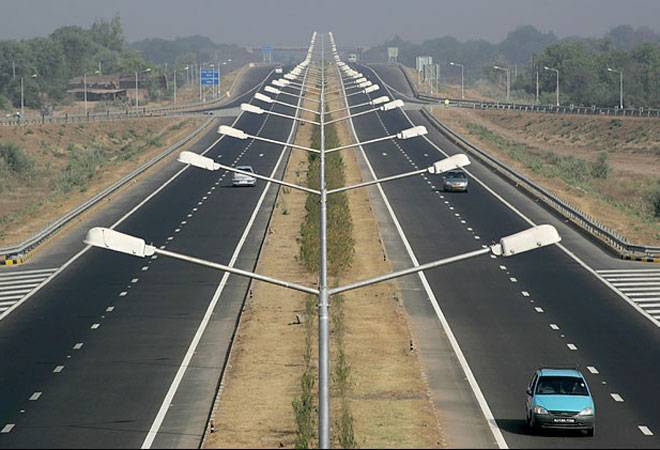National Highways and other roads are getting total transformations in both the UTs. Nitin Gadkari, Minister for Road Transport and Highways announced series of projects for all weather and safe road connectivity for Jammu and Kashmir and Ladakh. The most important is a 670-km, four-lane Green Field Expressway from Delhi to Katra. It is expected to significantly reduce travel times between Delhi and Katra, which could boost tourism and a manifold increase in trade and commerce. The construction of the highway will create employment opportunities in the region. This new highway will divert traffic away from existing congested routes, which could help reduce traffic congestion, especially in Jammu City, resulting in a better air quality. Modern safety features, such as crash barriers and lighting will improve safety for road users.
Another important project is the 78-km, four-lane ring road around Srinagar. The new ring road will provide an alternative route for traffic, reducing congestion on existing roads and improving connectivity between different parts of the Kashmir valley. Fast and easy mobility will lead to increased trade and commerce between different parts of the Kashmir valley. It will provide better access to emergency services, with the most important being no traffic jams during VIP convey movements. Decongestion of traffic is also important for security and the environment, particularly for improving the air quality in Srinagar City.
There is proposal for a tunnel between Sheshnag and Panjtarni on the Amarnath yatra route, reducing the yatra time from the current three days to just nine hours and will bring improved access to the pilgrimage site, improved safety, better emergency services, and environmental benefits. This whole stretch is a heavy rain catchment area, and the project is going to reduce the number of temporary suspensions of the yatra. The hardships of pilgrims will be reduced to an extent.
Similarly, a tunnel at Pir Ki Gali on the Mughal Road, connecting Poonch in the Jammu region to Shopian in the valley, will be an effort to make it an all-weather road, making quick nomadic movement between winter and summer zones possible and providing an alternative, reliable connectivity between the Kashmir and Jammu divisions.
For the UT of Ladakh, the completion of the Zojila Tunnel is one of the most anticipated happenings. This tunnel is going to be a game changer for the UT with much-needed all-weather connectivity, much-reduced travel time, resulting in fuel savings, and most importantly, a quick movement for army convoys and equipment. No more being cut off for months from the rest of the country. Students and patients will get much relief. A major boost to tourism and economic activities. The tunnel will also make the region safer by reducing the number of fatal accidents that occur in the inhospitable terrain near the Zojila Pass.
All 19 tunnels, which are under construction, will make travel possible in the hilly terrain of the region even during harsh weather conditions. All-weather roads help to maintain connectivity and reduce the isolation of various regions by facilitating the movement of goods and people, which helps stimulate economic activity in the region and improve investment and tourism potential. A quick emergency response during natural disasters or any other crisis will be possible now.
Jammu-Srinagar NH 44 was just a two-lane highway with poor reliability during rains and snowfall. No previous government in the past had understood these aspects, but now record budget allocations are there for tunnels and roads, much improvement in the last nine years. The credit goes to the present government as reduced distances and express highways will bring more industries to the Jammu region. The administration is thinking about people and ways to improve their quality of life. It will take some time, but the dream of American-style roads in Jammu and Kashmir will soon become a reality.
Trending Now
E-Paper


